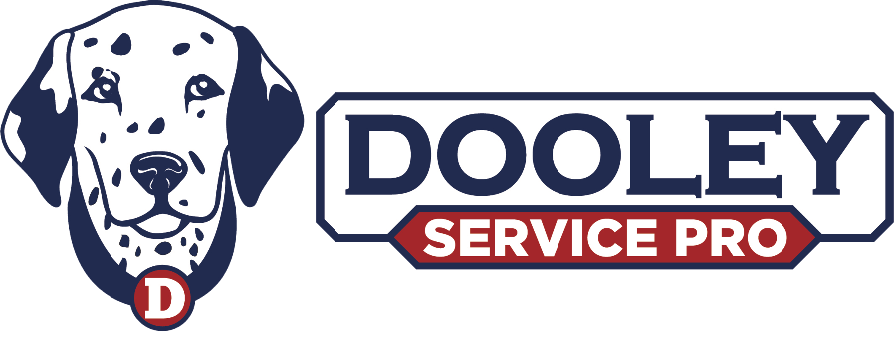Trenchless pipe restoration techniques have transformed the approach to managing pipe damage by minimizing the need for extensive excavation. These methods offer effective solutions for repairing and replacing pipes with minimal disruption to the surrounding environment. In this comprehensive guide, we explore and compare different trenchless pipe repair techniques, detailing their processes, advantages, and ideal applications to help you make an informed decision.
1. Pipe Lining (Cured-in-Place Pipe)
Pipelining, or cured-in-place pipe (CIPP) repair, involves inserting a resin-coated liner into a damaged pipe. Here’s how it works:
– Process: A flexible liner, impregnated with resin, is inserted into the existing pipe using a winch or air pressure. The liner is then inflated to conform to the old pipe’s shape. After inflation, the resin is cured using steam, hot water, or UV light, creating a new pipe within the existing one.
– Advantages: This method creates a smooth, seamless, and corrosion-resistant interior, extending the life of the pipe. It’s ideal for pipes with minor to moderate damage and avoids the need for digging.
– Applications: It is suitable for residential, commercial, and municipal systems and is particularly effective for repairing leaks, cracks, and deteriorated pipes.
2. Pipe Bursting
Pipe bursting involves replacing an old, damaged pipe by breaking it apart and simultaneously pulling a new pipe into place. The process includes:
– Process: A bursting head is inserted into the old pipe, fracturing it into pieces. As the bursting head moves forward, it pulls a new pipe into the space created by the broken old pipe.
– Advantages: This method allows for the installation of a new pipe with a larger diameter, which can improve flow capacity and overall performance. It’s effective for severely damaged or collapsed pipes.
– Applications: It is ideal for replacing old pipes that are beyond repair and is commonly used for water, sewer, and gas lines.
3. Slip Lining
Slip lining involves inserting a new pipe into the existing damaged pipe to restore its functionality. Here’s the process:
– Process: A smaller diameter pipe is slid or “slipped” into the old pipe. The annular space between the old and new pipes is then filled with grout or another stabilizing material to secure the new pipe in place.
– Advantages: Slip lining is relatively straightforward and cost-effective. It reinforces existing pipes and extends their lifespan.
– Applications: Suitable for pipes with minor damage or degradation, often used in situations where the pipe’s structural integrity can be restored with a new liner.
4. Sprayed-on Lining
Sprayed-on lining involves applying a coating to the interior of a pipe to protect it from further damage. The technique includes:
– Process: A specialized coating material, such as a polymer or epoxy, is sprayed onto the inside of the pipe. This creates a new protective layer that seals leaks and prevents corrosion.
– Advantages: The coating is flexible and can adhere to various pipe materials and shapes. It’s a cost-effective solution for enhancing pipe durability and performance.
– Applications: Best for pipes with surface corrosion or minor leaks, suitable for residential and commercial applications.
5. Fold-and-Form Lining
Fold-and-form lining, or foldable pipe lining, involves inserting a folded liner into the damaged pipe and expanding it to fit. Here’s how it works:
– Process: A folded liner is pushed into the existing pipe. The liner is then expanded and molded to the pipe’s interior using air pressure or mechanical means. The liner material is designed to withstand environmental conditions and provide a durable repair.
– Advantages: This technique accommodates various pipe sizes and shapes, offering flexibility in repair solutions. It effectively addresses leaks and structural issues.
– Applications: Suitable for pipes with moderate to severe damage, including residential, commercial, and municipal systems.
Trenchless pipe repair techniques provide innovative solutions for managing pipe damage with minimal disruption. Each method—pipe lining, pipe bursting, slip lining, sprayed-on lining, and fold-and-form lining—offers unique advantages tailored to different types of pipe issues and conditions. Understanding these techniques allows you to select the most appropriate solution for your specific needs, ensuring effective and long-lasting repairs.
For expert trenchless pipe repair services, contact Dooley Service Pro. Our team is skilled in various repair techniques to address your pipe issues efficiently. Call us at (937) 323-1703 to schedule a consultation and find the best solution for your needs!






